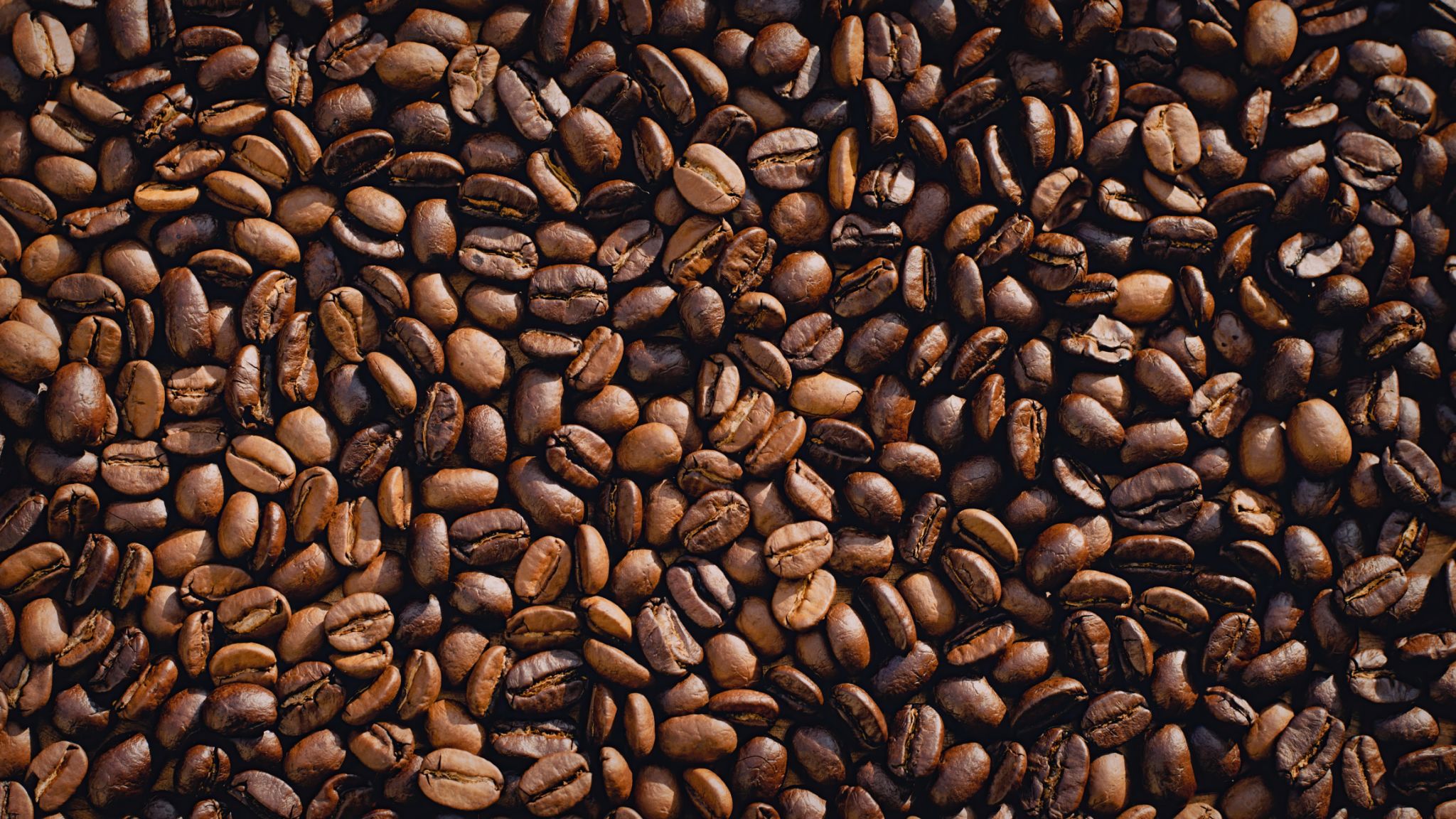The Art and Science of Home Coffee Roasting: Expert Insights
Home coffee roasting is an intriguing blend of art and science, offering coffee enthusiasts the opportunity to explore the full spectrum of flavors in their beans. By controlling the roasting process, you can tailor each cup to your personal taste preferences. This post delves into expert insights on mastering this craft, ensuring you achieve the perfect roast every time.

Understanding the Basics of Coffee Roasting
The journey of home coffee roasting begins with understanding the fundamentals of the process. Coffee roasting involves applying heat to green coffee beans to bring out their unique flavors and aromas. The key stages include drying, browning, and development, each contributing distinct characteristics to the final product.
During the drying phase, moisture is removed from the beans, preparing them for the browning stage, where they begin to develop color and complexity. Finally, the development phase is where the magic happens: flavors intensify, and aromas become more pronounced, revealing the bean's true potential.
Choosing the Right Equipment
To embark on your home roasting journey, selecting the right equipment is crucial. Options range from simple stovetop popcorn poppers to sophisticated electric roasters. Each type of equipment offers different levels of control and precision, influencing the outcome of your roast.

Beginners may start with affordable options like a stovetop popper or an air popper, which are accessible and easy to use. As you gain experience, you might consider investing in a more advanced roaster that allows for greater control over time and temperature.
Mastering the Roasting Process
Successful home coffee roasting requires attention to detail and an understanding of how different variables affect the final product. Key factors include bean type, roast level, and temperature control. Experimenting with these elements will help you discover your ideal roast profile.
Listening to Your Beans
A crucial aspect of the roasting process is listening for the distinctive "first crack" and "second crack" sounds. The first crack signals that your beans are entering a light roast phase, while the second crack indicates a move towards a darker roast. These auditory cues will guide you in achieving your desired roast level.

Cooling and Storing Your Beans
Once your beans reach the desired roast level, it’s important to cool them quickly to halt the roasting process. Use a colander or a cooling tray for this purpose. Proper storage is equally important; keep your roasted beans in an airtight container away from light and heat to preserve their freshness.
For optimal flavor, it's recommended to allow your roasted beans to rest for 12-24 hours before brewing. This resting period lets the flavors fully develop, resulting in a richer and more balanced cup of coffee.
The Joy of Experimentation
Home coffee roasting is not just about precision; it’s also about creativity and experimentation. Don't be afraid to try new techniques or blend different bean varieties. Each batch is an opportunity to learn something new and refine your skills.
By embracing both the art and science of home coffee roasting, you'll not only enhance your appreciation for coffee but also enjoy a deeply rewarding hobby. Whether you're a seasoned barista or a curious novice, there's always something new to discover in the world of coffee roasting.